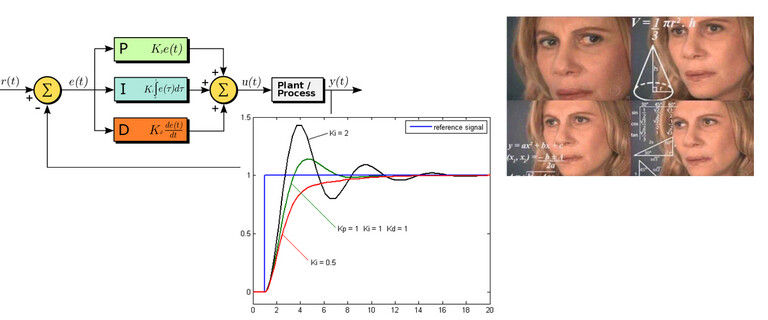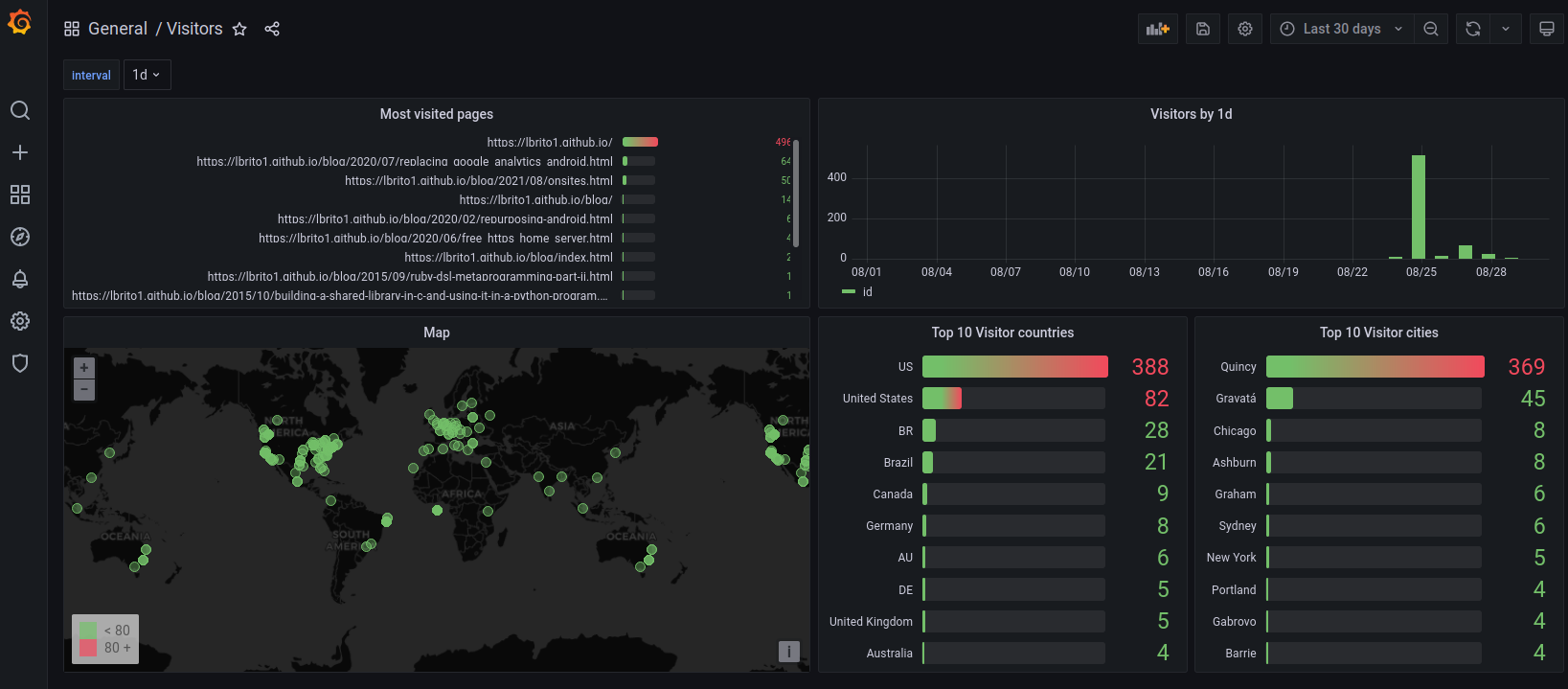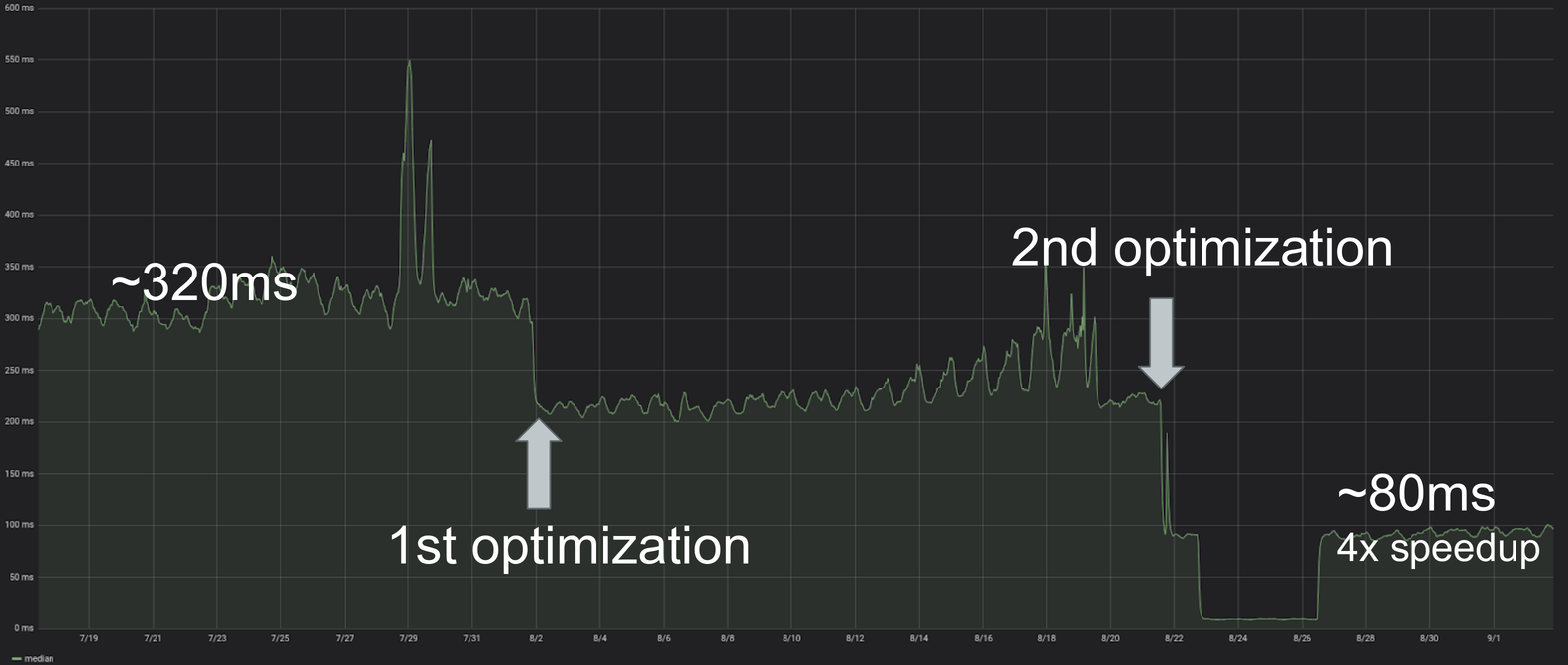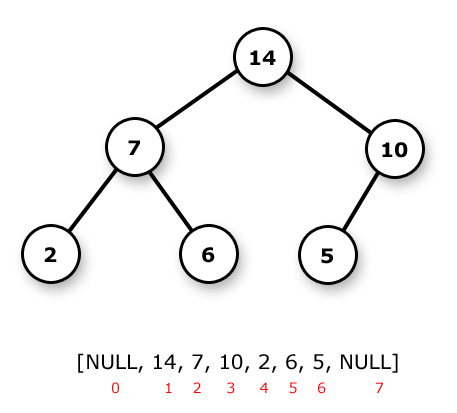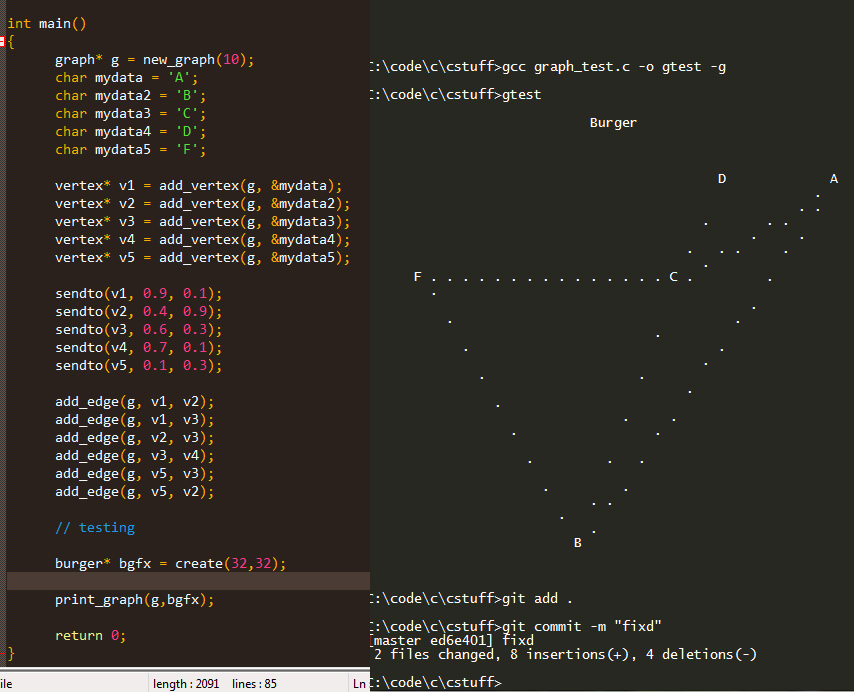This year I’ve had little time or patience for denser reads, so I read mostly novels, mostly scifi or scifi-adjacent (I’m now taking a break from literature and going into Peter Frankopan’s The Silk Roads), and a lot of Neal Stephenson.
Here are the books, in no particular order, with some notes.
Nostromo (Joseph Conrad)
Great book, but quite a slog for the most part. Nothing really happens until basically the very end of the book - which is brilliant. In the book’s introduction, there was this quote from Jacques Berthoud: “[this is] a novel that one cannot read unless one has read it before”. That sums it up quite nicely. The racial supremacism backdrop is jarring for modern sensibilities, but this of course is a book from 1904.
Children of Time series (Adrian Tchaikovsky)
I love these kinds of books - weird, imaginative and entertaining. The first one (Children of Time) establishes the premise and basic concepts, while the sequel (Children of Time) is also fun, but a bit derivative - you kind of know where things are going after a short while. Still, both are pure joy to read.
Illium series (Dan Simmons)
Dan Simmons is probably one of my all-time favourite authors. I loved Hyperion and Endymion. Illium and Olympos are fantastic books, and have some of the funniest passages I’ve ever read, like when Achilles, in the alternate timeline, saves and marries Penthesilea, and after five minutes can’t stand her constant nagging and wants to kill her (but physically can’t, because he’s under a spell from Aphrodite). There are three parallel storylines going on, one in Earth, one in Mars, and one in between. They are all equally entertaining.
Sadly, Simmons’ creepy prejudices, hinted at on later Hyperion cycle books, play a central role here (especially in the second book). Impossible to say a lot without spoilers, but some crucial narrative choices later in the book reflect a depressingly shallow and prejudiced worldview from Simmons.
Although mostly reasonable and in-context, parts of the book go out of their way to describe sexual encounters with in great detail - anatomist-level detail. It feels out of place and just plain weird, like watching two zebras humping at a zoo.












